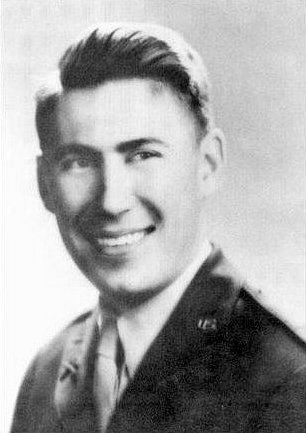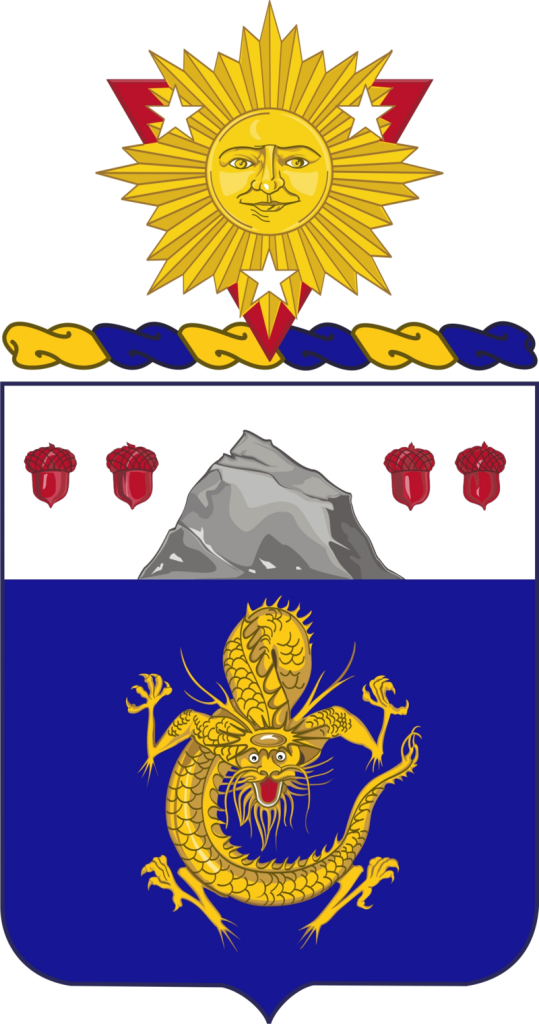 Name: Arlo L. Olson
Name: Arlo L. Olson
Rank: Captain
War: World War II (Italian Campaign)
Date of Action: October 13–27, 1943
Unit: 15th Infantry Regiment, 3rd Infantry Division
Born: Greenville, Iowa
Entered Service At: Toronto, South Dakota
Summary of Action
In October 1943, as Allied forces pressed north through Italy, Captain Arlo L. Olson and his company were ordered to spearhead a crossing of the Volturno River—a torrent swollen with autumn rains and guarded by German machine guns dug in on the far bank.
Wading into the icy, chest-deep water under direct fire, Olson pushed ahead of his men, grenaded the enemy nest himself, and cleared the crossing point. When another machine gun 150 yards away raked his company with bullets, Olson advanced alone—calmly, deliberately—walking straight toward the gun through a storm of grenades. At point-blank range, he killed the entire crew and seized the position.
For nearly two weeks, Olson’s company fought through 30 miles of mountainous terrain. He led every patrol himself, scouted enemy positions personally, and refused to rest. On October 27, while crawling toward another strongpoint on Monte San Nicola, he charged yet again through heavy fire, killed the gun crew, and inspired his men to overrun the position. Mortally wounded while reconnoitering new defenses, Olson refused treatment until all of his soldiers were cared for. He died as he was carried down the mountain—his mission complete.
Captain Arlo L. Olson’s leadership and valor became a lasting example of the courage that defined the 3rd Infantry Division’s drive through Italy.
Medal of Honor Citation
OLSON, ARLO L.
Rank and organization: Captain, U.S. Army, 15th Infantry, 3d Infantry Division.
Place and date: Crossing of the Volturno River, Italy, 13 October 1943.
Entered service at: Toronto, S. Dak. Birth: Greenville, Iowa. G.O. No.: 71, 31 August 1944.
Citation:
For conspicuous gallantry and intrepidity at the risk of his life above and beyond the call of duty. On 13 October 1943, when the drive across the Volturno River began, Capt. Olson and his company spearheaded the advance of the regiment through 30 miles of mountainous enemy territory in 13 days. Placing himself at the head of his men, Capt. Olson waded into the chest-deep water of the raging Volturno River and despite pointblank machine-gun fire aimed directly at him made his way to the opposite bank and threw 2 handgrenades into the gun position, killing the crew. When an enemy machinegun 150 yards distant opened fire on his company, Capt. Olson advanced upon the position in a slow, deliberate walk. Although 5 German soldiers threw handgrenades at him from a range of 5 yards, Capt. Olson dispatched them all, picked up a machine pistol and continued toward the enemy. Advancing to within 15 yards of the position he shot it out with the foe, killing 9 and seizing the post. Throughout the next 13 days Capt. Olson led combat patrols, acted as company No. 1 scout and maintained unbroken contact with the enemy. On 27 October 1943, Capt. Olson conducted a platoon in attack on a strongpoint, crawling to within 25 yards of the enemy and then charging the position. Despite continuous machinegun fire which barely missed him, Capt. Olson made his way to the gun and killed the crew with his pistol. When the men saw their leader make this desperate attack they followed him and overran the position. Continuing the advance, Capt. Olson led his company to the next objective at the summit of Monte San Nicola. Although the company to his right was forced to take cover from the furious automatic and small arms fire, which was directed upon him and his men with equal intensity, Capt. Olson waved his company into a skirmish line and despite the fire of a machinegun which singled him out as its sole target led the assault which drove the enemy away. While making a reconnaissance for defensive positions, Capt. Olson was fatally wounded. Ignoring his severe pain, this intrepid officer completed his reconnaissance, supervised the location of his men in the best defense positions, refused medical aid until all of his men had been cared for, and died as he was being carried down the mountain.
\

